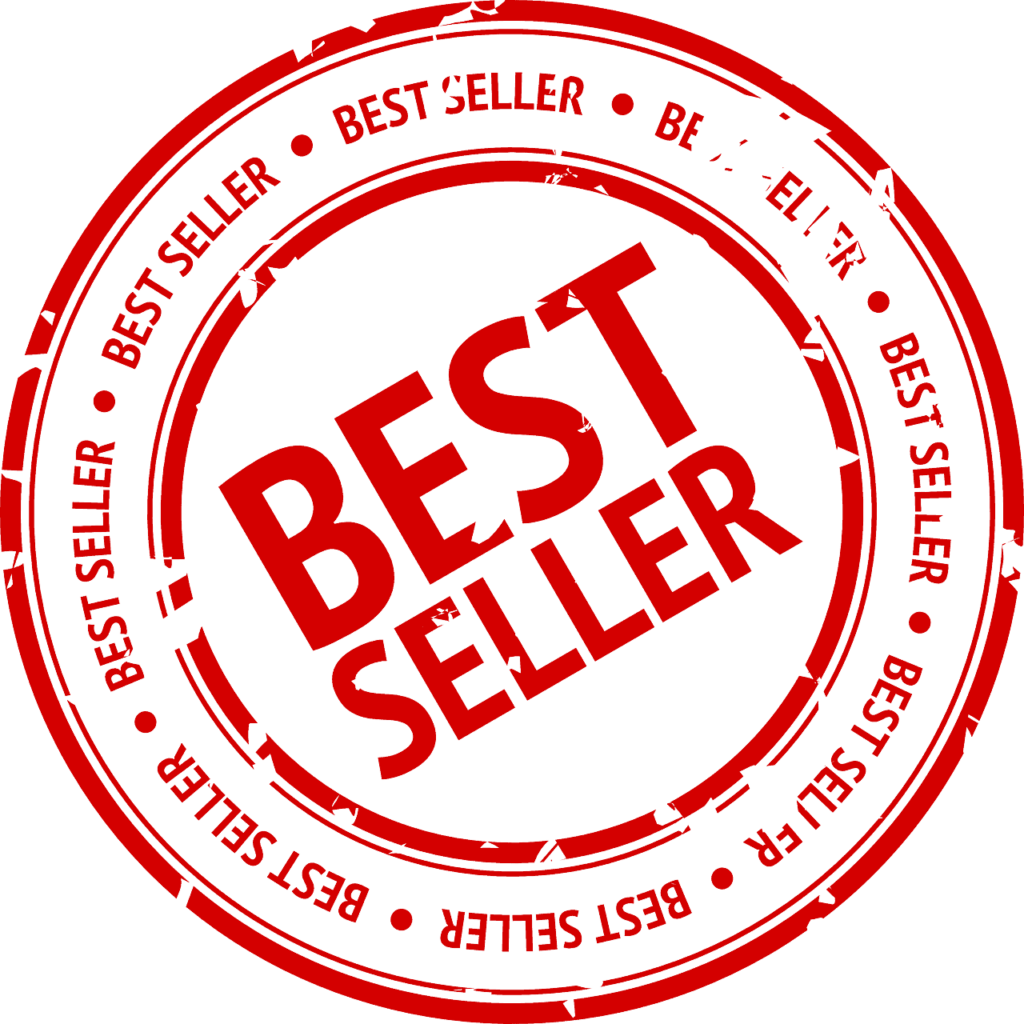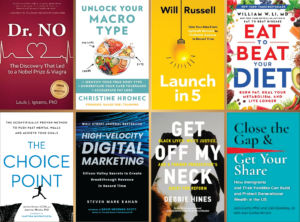Why is Every Author a #1 Bestselling Author?

Share
Almost every author aspires to be a “#1 bestselling author,” but why is every author a #1 bestselling author?
Okay, maybe not every author, but it often seems that way.
We’ve all seen it: that “#1 Bestseller” circle slapped on book covers everywhere. It’s got to make one wonder, how are so many not-so-well-known people becoming #1 bestselling authors?
We’ve long known that “bestseller status” isn’t necessarily an indicator of literary acumen. But now, we must ask the question: does it even reflect what’s most popular?
The answer is more complicated than you may think.
How Many Copies Does a Bestseller Sell?
The definition of a bestseller is simply: a book that sells in very large numbers compared to other books. If we’re talking the New York Times (NYT) bestsellers lists, the majority of these titles sell between 10,000 and 100,000 in the first year. But most books don’t stay on this list for very long. Only 37% actually stick around more than four weeks.
Then there’s smaller lists like Publisher’s Weekly or The LA Times. Even The Wall Street Journal list is easier to make; many authors have hit that one by selling just 3,000 copies in the first week.
Why is Every Author a #1 Bestselling Author?
Enter Amazon. Amazon veritably changed the game by introducing multiple book categories lists that can get pretty micro in terms of subject matter, and, thus, limit the number of competitors in each. With Amazon’s many subcategories and constantly changing data, almost anyone with $500 and a little knowhow can make their book a “#1 Amazon Bestseller,” in anywhere from 1 to 12 categories or more, even if the status only lasts a minute.
With so many lists, it’s hard to decide which ones to pay attention to. Even more confusing, every publication uses different data to compile their lists. Many of the bigger publications use data from physical bookstores, small and large. Amazon uses its own data, includes self-published books, and ranks books in real time.
The NYT list is especially cloaked in secrecy. It’s rumored that they pull from a sampling of independent bookstores and major retailers, and that they weigh print book sales more than digital. This may be one of the reasons it’s near impossible to get on the NYT list with a self-published book.
Gaming the System on National Bestsellers Lists
For the other two of the Big 3 National Bestsellers lists, USA Today and The Wall Street Journal, if you have deep enough pockets, it can be easy to game their systems. If you can ‘sell’ enough copies in a single week, from the bookstores that they survey, you could shoot to the top and be a #1 bestseller on both The Wall Street Journal and USA Today’s lists, even if you buy them from yourself.
That’s exactly what happened in 2017 with a previously unheard of novel, The Handbook for Mortals. By calling around and asking bookstores if they reported sales to the NYT, the publisher was able to discern where they needed to place a series of strategic bulk orders to make it look like the novel was flying off shelves. (An aside: An off-the-record industry source has revealed that the NYT has added safeguards to prevent any similar stunts from succeeding.)
Individual authors have found different ways to game the system too. If you know which bookstores report data to the big lists, you could target these stores and try to get booked to speak there to spur sales. It’s even possible to manipulate the Amazon e-books charts with companies that provide bots to “read” your book over and over, boosting its engagement numbers.
Bestseller Status: Then Versus Now
With all this going on, the industry has no consensus on what bestseller status really means. What’s worse, readers are becoming more and more skeptical of books stamped with bestseller status stickers. And rightly so, since the multiplicity of bestselling lists means anyone who is strategic enough, and willing to write a big enough check, can make their book a bestseller somewhere.
The New York Times bestsellers lists are still the gold standard. Lots of people are frustrated with the secrecy surrounding its formula, but our team at R Colucci, LLC is all for it. We are okay with the fact that The New York Times is so committed to reserving the slots on their lists for the books that are not only selling the most copies in a single week, but are demonstrating a continuous pattern of robust sales.
If all of this hasn’t convinced you not to put too much stock in whether or not you can call yourself a “#1 Bestselling Author,” consider this: even when books do make a bestseller list, and authors have earned boasting rights, the impact it has on book sales is modest at best. Bestseller status might garner more attention, but attention doesn’t always translate into sales.
The best ways to boost book sales are the tried and true methods: good reviews, quality, high-profile media coverage, and word of mouth.
How do you activate these mechanisms?
Write a great book and share it, share it, share it!
The Bottom Line is This:
With so many ways to game the system, the label, “#1 bestselling author” is losing its advantage and its edge. A better path to author success is to write a great book and do everything you can to ensure that it gets into the hands of the people who need it.



